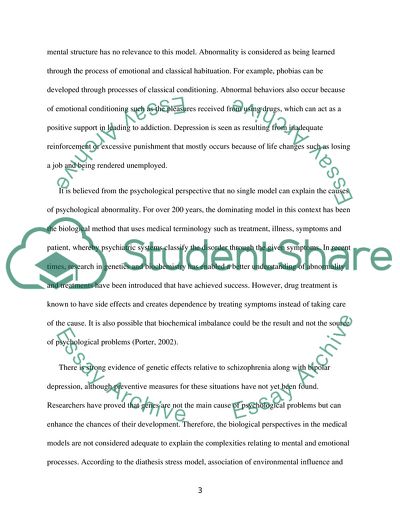Cite this document
(The Definition of Abnormality With the Reference to Schizophrenia Coursework, n.d.)
The Definition of Abnormality With the Reference to Schizophrenia Coursework. https://studentshare.org/psychology/1755272-psychology-is-it-possible-to-define-abnormality-discuss-with-reference-to-schizophrenia
The Definition of Abnormality With the Reference to Schizophrenia Coursework. https://studentshare.org/psychology/1755272-psychology-is-it-possible-to-define-abnormality-discuss-with-reference-to-schizophrenia
(The Definition of Abnormality With the Reference to Schizophrenia Coursework)
The Definition of Abnormality With the Reference to Schizophrenia Coursework. https://studentshare.org/psychology/1755272-psychology-is-it-possible-to-define-abnormality-discuss-with-reference-to-schizophrenia.
The Definition of Abnormality With the Reference to Schizophrenia Coursework. https://studentshare.org/psychology/1755272-psychology-is-it-possible-to-define-abnormality-discuss-with-reference-to-schizophrenia.
“The Definition of Abnormality With the Reference to Schizophrenia Coursework”. https://studentshare.org/psychology/1755272-psychology-is-it-possible-to-define-abnormality-discuss-with-reference-to-schizophrenia.


